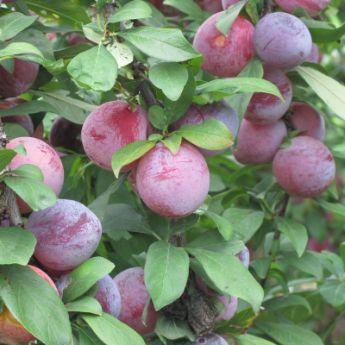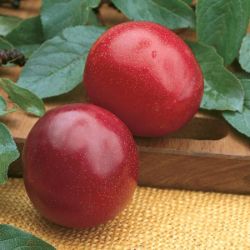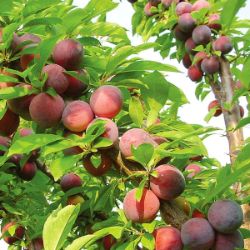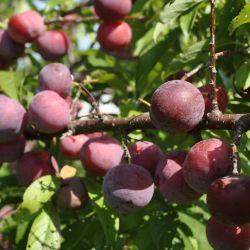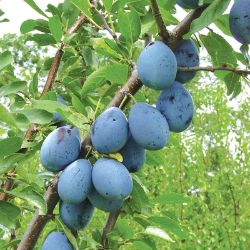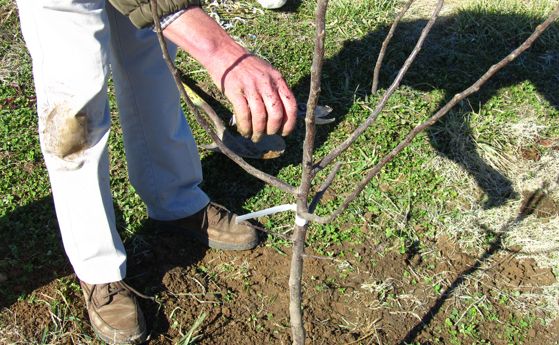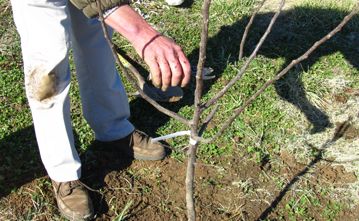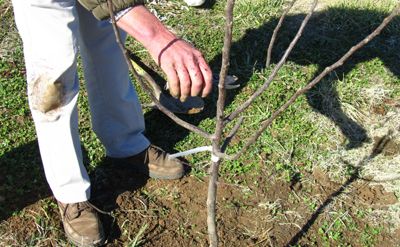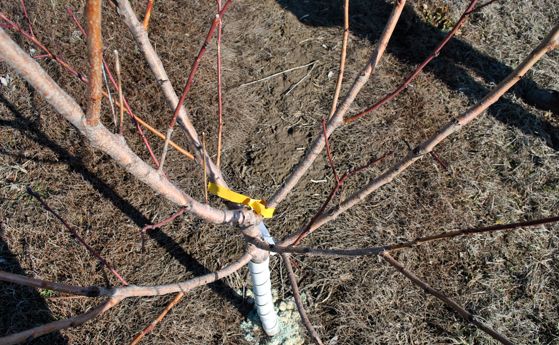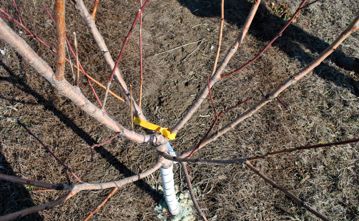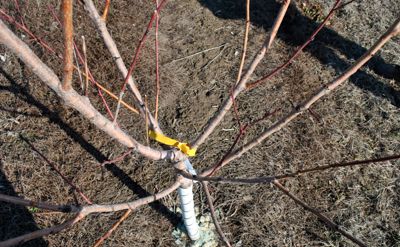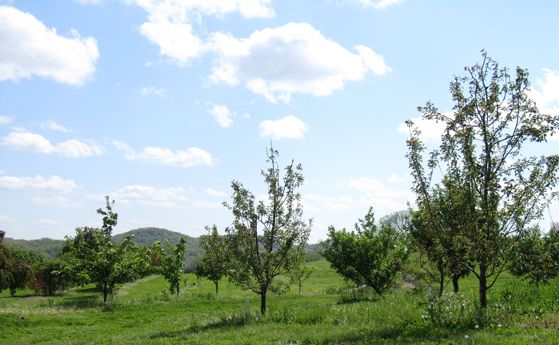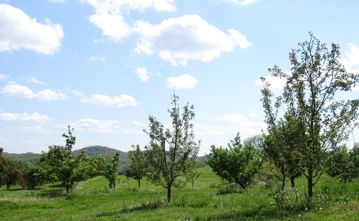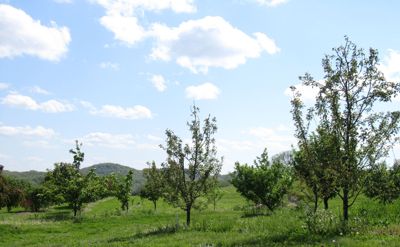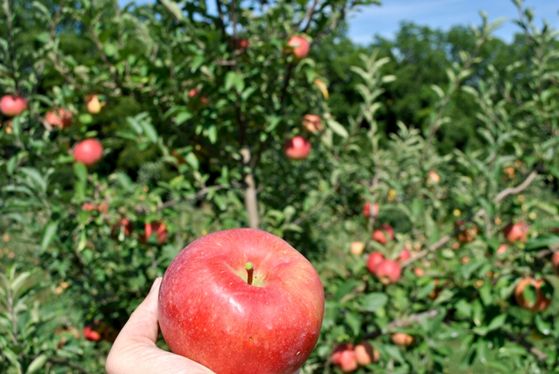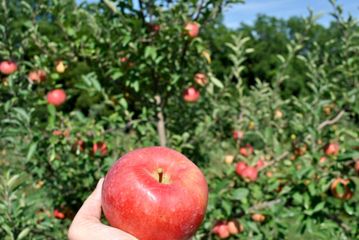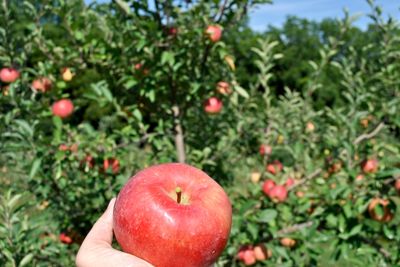Plum Trees
Plum Trees Buyer's Guide
Growing your own plum tree is a great way to enjoy fresh, nutrition-packed plums that will ultimately cost much less than those you would buy at the store. Our selection includes two kinds of plums, each with distinctive flavors you can enjoy in a variety of ways.
- European Plum Trees feature an oval shape and soft skin and flesh, and they are perfect for making preserves, jams or jellies, or drying to make prunes.
- Japanese Plum Trees feature a round or heart shape and firm skin and flesh, and they are delicious when eaten right off the tree or used for cooking or canning.
Both kinds of plum trees will bear heavy crops of fruit in summer, with the added bonus of lovely flowers that will add beauty to your landscape each spring.
To ensure your growing success and satisfaction, there are a few things to consider when you buy a plum tree.
Zone Compatibility
Your climate plays an important role in whether a plum tree will produce fruit or even survive. Before ordering a tree, make sure its recommended hardiness zone range includes your area.
Proper Pollination
Pollination by a different variety is key to the success of most plum trees. Often, its absence is why trees produce poorly or don’t bear fruit. Be sure to check the description of the tree you’re interested in to see which pollinators our experts recommend. Some plum trees are self-pollinating, which is ideal if you don’t have enough growing space to plant a second variety as a pollinator. If you have room, we always recommend planting another compatible variety for optimum fruit production.
To help you choose the right pairing, explore our Fruit Tree Bloom Time & Pollination Charts to find compatible plum tree varieties that bloom at the same time for reliable cross-pollination.
Mature Tree Size
Make sure you pick the right size for your space. When our plum trees mature, they will be one of three sizes:
- Dwarf Plum Trees mature to be about 8-10' tall and wide. Even though they are smaller, they produce an abundance of full-size fruit.
- Standard Plum Trees mature to be about 15-25' tall and 20' wide. They are perfect if you have a large space or want a multi-purpose shade tree.

